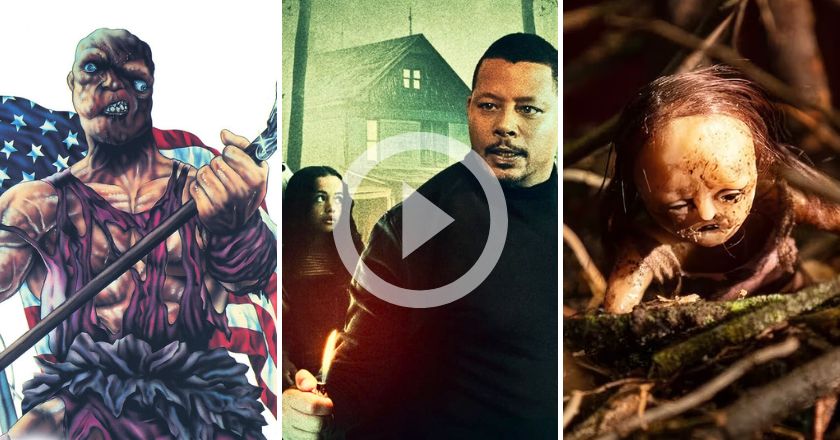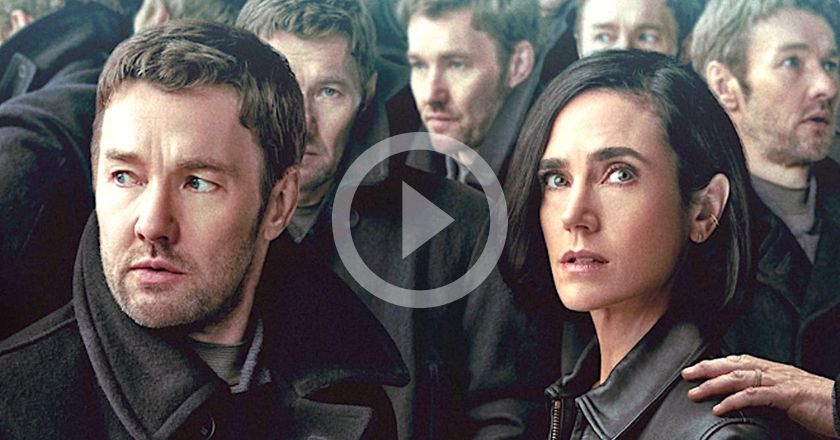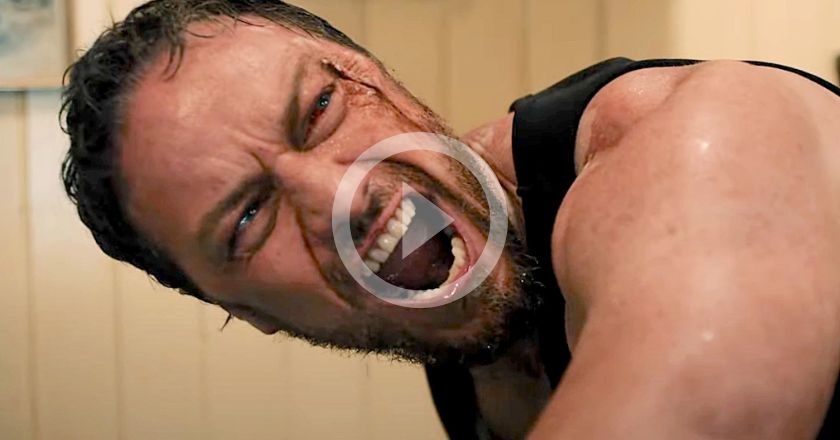
Based on Suspiria de profundis, a highly regarded literary work from English essayist Thomas De Quincey, Suspiria was critically acclaimed upon its 1977 release and still reigns in top horror film lists. Directed and co-written by Italian filmmaker Dario Argento, this film made me consider there could be an artistic side in horror. Argento’s vivid imagery and potent dose of sheer brutality makes Suspiria a true stand out.
Set in Freiburg, Germany, at a prestigious dance academy, Suspiria introduces ballet student Suzy Bannion (Jessica Harper) on her arrival from the airport to the academy itself. Of course it is raining heavily, and the taxi driver is not the friendliest. A girl hastily leaves the academy and meets a terrifying end. This academy, run by Madame Blanc (Joan Bennett) and Miss Turner (Alida Valli), has its secrets.
Despite being an altogether effective picture, one can’t help but notice Suspiria does suffer from cheesiness. Two death sequences, for example, feature mutilated body parts that are clearly made up of meat from the local butcher. Dated gore aside, the film only contains three death sequences. This is the type of stripped back and uniqueness Suspiria has, say, over your deliberate-everyday-horror. To the bloodthirsty fans, it doesn’t necessarily give you what you want, but, in hindsight, when you do get to the gore, it makes you suffer a lot more.
Another dated element comes in the way of dubbing. Although the actors speak in their native tongue, such as Italian, German and English, the dialogue was changed to English for international release and vice versa for the Italian crowd. So, depending on the version you watch, you do get some odd-sounding accents that simply don’t suit the actor. Fortunately, actors like Harper, Bennett and Valli speak English so you hear their natural delivery.

There are certainly exceptions, but generally speaking horror isn’t renowned for acting, especially in the Oscar-caliber sense. Of course, this can easily be contested, as I can think of a few well-established and highly respected actors who have delivered strong turns in some nastier narratives. This is where Suspiria really flaunts itself. Valli, for example, had appeared in films by Alfred Hitchcock, Carol Reed and Michelangelo Antonioni before Suspiria, and is convincingly vicious as Turner. Contrasting Turner is Bennett’s Madame Blanc, a more delicate, plummy character. Bennett had also appeared in many films prior to Suspiria, notable in her femme fatale roles directed by Fritz Lang. Even though these actors are all very solid, Harper is the stand out.
Harper’s Suzy is all innocence and confusion, maintained in her eyes and body throughout the film’s early chapters. Suzy does look like a little girl, which makes sense; originally the idea was to use children no older than twelve, but producer Salvatore Argento knew this would get the film banned. Suzy’s gradual change is nicely depicted, her ability to grow stronger captured in a Lady Macbeth-type moment; washing her hands, rinsing what looks like blood – symbolic of events to come.
Suspiria is a powerful film. Artistically, the colours are striking and intense, and its potent ambience is tangible thanks to nightmarish qualities. It is strange, unanswered and hallucinogenic. Team this with the perfect concocted score by Italian maestros Goblin, who hone in on soft and deafening contrasts, and you’ve got yourself a true classic.
It’s a shame to know that this is (supposedly) getting a remake. I don’t see the point, nor do I see what someone else could possibly bring to this benchmark piece of horror.
– L.A.







